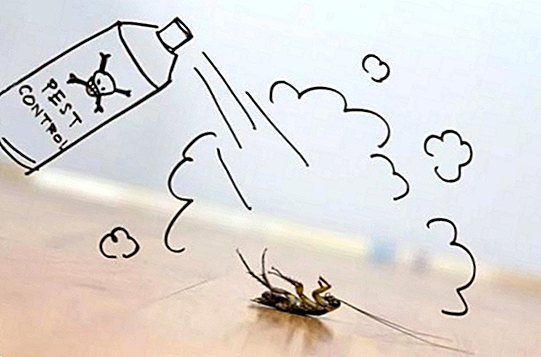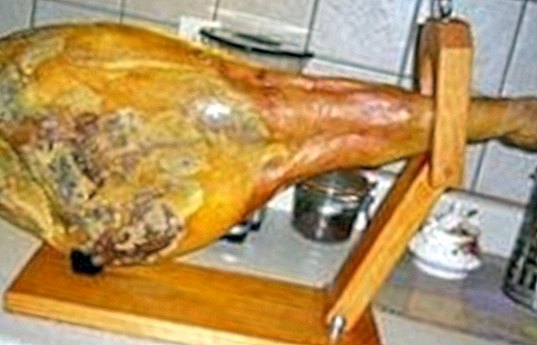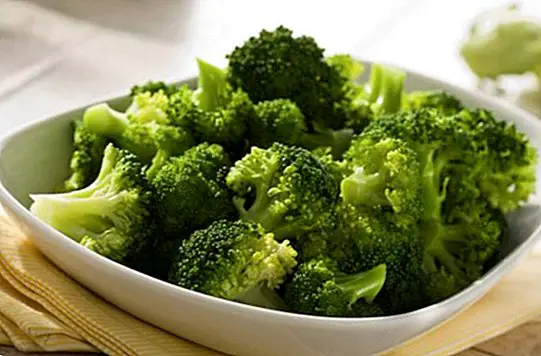Transgenic foods and products: what are they?
It is known as transgenic food to that which comes from OGM (Genetically Modified Organisms) directly or indirectly, which are produced with the purpose of provoking a certain desired characteristic.
They are characterized for being foods whose seeds have been modified genetically, so that these have not appeared of natural form, but that have been created artificially to make them stronger, and resist in turn to the different insecticides and chemical products that are habitually used in the agriculture.

Regarding its supposed negative effects, although there have been some scientific studies, the reality is that no one knows for sure what are the effects to our health in the long term when a gene or set of genes is introduced in a particular food product. This supposes, above all, that these genetically modified foods can be toxic or allergenic.
What are transgenic foods?
As we explained briefly in the previous section, transgenic foods are products and foods that have been produced from an organism that has been modified by genetic engineering, in such a way that different genes of another organism have been incorporated with a clear objective: to produce certain desired characteristics.
This genetic engineering can usually be carried out with bacteria and other very small microorganisms, or also with plants. That is, it offers the possibility for scientists to pass a desired gene from one plant or animal to another completely different.
In this way, you can obtain more nutritious and appetizing foods, products with more desirable characteristics, foods with medicinal qualities (that could be used in medicines or as vaccines), plants resistant to diseases and droughts (with a lower use of environmental resources ), reduce the use of pesticides, or a greater growth of plants and animals.
Main transgenic products (and transgenic foods)
In many countries we find a series of foods that stand out precisely because their transgenic crop is much larger. It is the case of cotton, soy and corn. Thus, we can mention common transgenic products such as corn syrup, used as a sweetener, the cornstarch, used in sauces and soups, beet sugar or the soybean and corn oils.

In the case of corn and soy we can mention some ingredients and additives suspected of having a transgenic origin. They are the following:
- Soy:especially oils and fats, flour and protein. We can find ourselves under the name of vegetable oils / fats, as well as emulsifiers (lecithin-E322), mono and diglycerides (E471) and fatty acids.
- Corn:especially flour, oil, semolina, starch, glucose, glucose syrup, dextrose, maltodextrin, isomalt, fructose, caramel (E150), grits or sorbitol (E420).
But they are not the only ones, since we can also find genetically engineered crops that include apples, pumpkin, papaya and potatoes.
What are the GM foods that I can find in the supermarket?
List of transgenic foods
Although there is no transparency on the part of companies and multinationals in the food industry to indicate to their consumers which products contain genetically modified ingredients, over the years certain environmental groups such as Greenpeace or various scientific studies have been able to identify some of these foods.
On this occasion, for some years Greenpeace has published a report entitled "Red and green guide of transgenic foods" in which it collects those products free of transgenics and others for which the ecological organization can not guarantee that they do not contain transgenics. They are the following:
- Cereals: Nestlé (Chocapic, Estrellitas, Cheerios, Crunch, Fitness, Golden Grahams), Kellogg's (all its products).
- Oils and fats: Carbonell, Koipe, Koipesol, RACSA, Tecen, Dacil, Soy Plus.
- Margarines: Flora, Ligeresa and Tulipán.
- Infant feeding: Nestlé (all its products), Danone (Almirón, Blédina, Milupa, Dumez, Mellin and Cow & Gate).
- Sauces: Chovi, Koipesol, Asua, Procer, Louit, Calvé, Ligeresa, Knorr, Hellmann's, Mayonnaise Tre, Mayonnaise Cosami and Hunt's.
- Jams: Ligeresa, Zahor, Delaviuda, Fripan and Tre.
- Chocolates and sweets: Nestlé (Milkybar, Crunch, After Eight, Kit-Kat, Nesquik, Blues, Dolca), Zahor (Zahor, Hurry Up), and Delaviuda.
- Cookies: Flora, Pastry Conde and Medina (whole grain crackers), Kellog's (all their products).
- Ice creams: Nestle (Extreme, La Lechera, Maxibon, Nestle), Frigo and Ben & Jerry's.
- Potato chips and appetizers: Crecs (Crecs), Facundo Blanco (Facundo), Matutano, Lay's, Doritos, Bits, Cheetos, Santa Ana, Ruffles and Pringles.
- Frozen products: Nestlé (Buitoni, La Cocinera).

What are the dangers and risks of transgenic foods?
Organizations of recognized prestige such as the case of Greenpeace are against the cultivation of transgenic products because, among other aspects, "it implies an increase in the use of toxics in agriculture, genetic contamination, soil contamination, loss of biodiversity, development of resistances in insects and 'weeds', health risks and unwanted effects in other organisms. "
According to a document published in 2012 by this organization, and which you can actually consult at the end of this note, estimates that the long-term health risks of the consumption of food and transgenic products present in our diet, have not been evaluated. correctly, so that its scope continues to be unknown, with a verifiable risk of unexpected effects, appearance of new toxins or loss of efficacy of certain medications.
Consultation: Red and Green Guide to Transgenic Foods (Greenpeace) This article is published for informational purposes only. You can not and should not replace the consultation with a Nutritionist. We advise you to consult your trusted Nutritionist.


